Five ways the Mississauga Food Bank gives back to the community
Published March 2, 2022 at 11:35 am
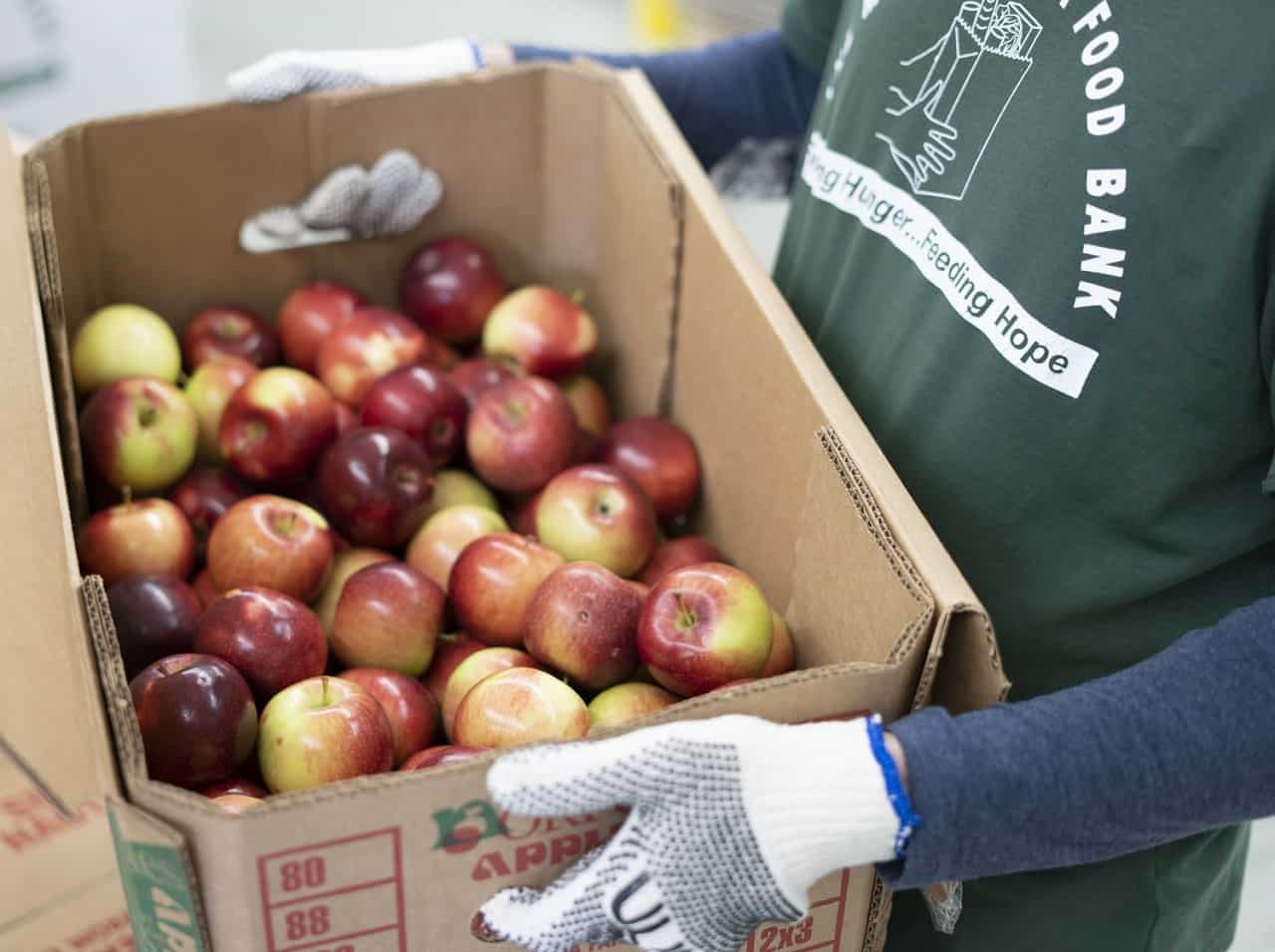
For those of us who live comfortably, it can be easy to forget that there are still a lot of people in Mississauga who don’t always have easy access to food – something The Mississauga Food Bank, with the support of the community, is working to change.
As the city’s central food bank, The Mississauga Food Bank distributes food for almost five million meals each year to vulnerable children, seniors, families, and other neighbours in Mississauga (almost 500,000 healthy and appropriate meals per month).
They collect and distribute food through their network of over 50 agencies (including neighbourhood food banks, pantries and meal and snack programs), food drives, fundraisers, and through the direct provision of food through their Food Bank 2 Home program, Emergency Food Bank and Community Market. They also work to address the root cause of food bank use – poverty.
Volunteers are the backbone of The Mississauga Food Bank and a vital part of their work to feed hungry neighbours. At the height of the pandemic, over 800 volunteers dedicated 25,600+ hours to serve their community. Check out how you can get involved.
Here are five ways your support enables The Mississauga Food Bank to help vulnerable residents:
- Collecting monetary and food donations.
The Mississauga Food Bank is always thankful for donations from generous residents, which are used to provide those in need with fresh and shelf-stable food, household items, and personal care products.
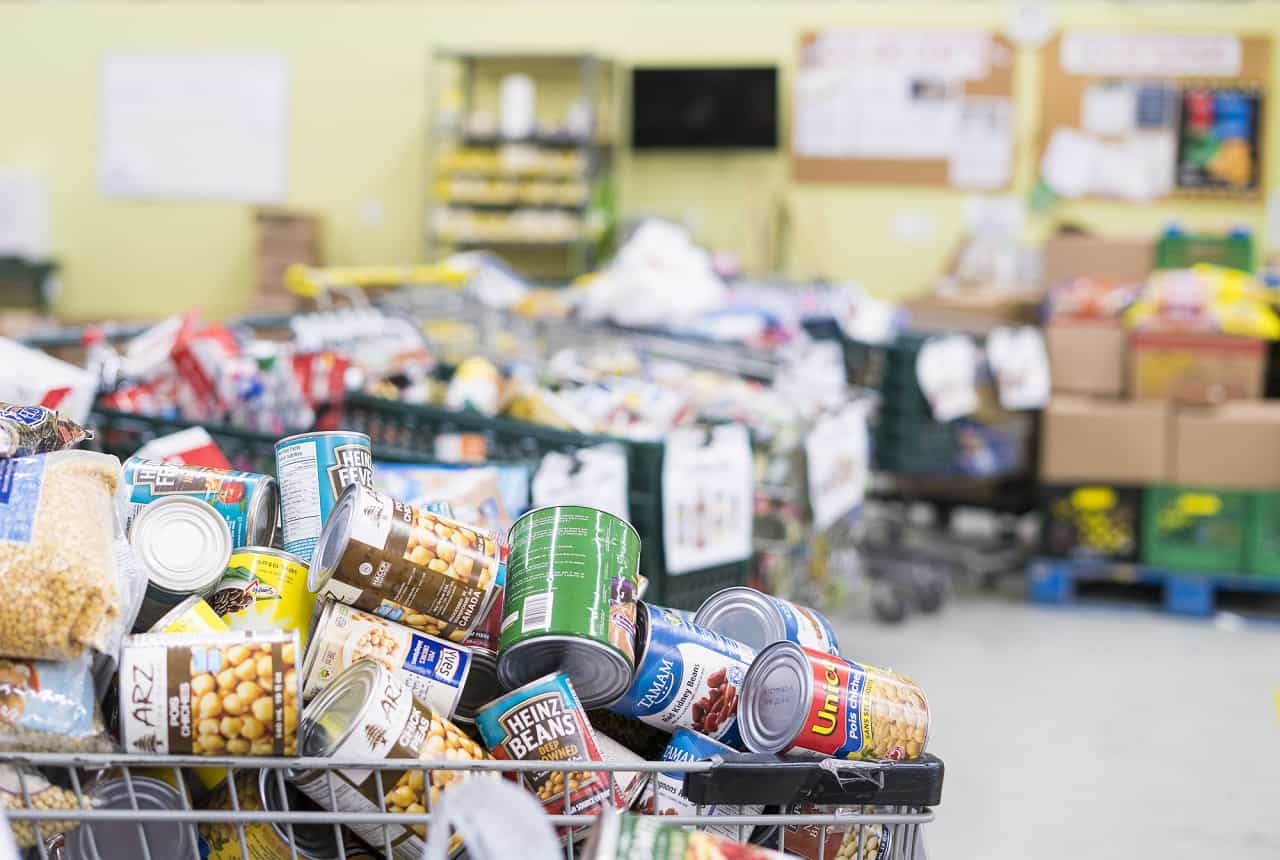
For every $1 donated, The Mississauga Food Bank can provide healthy and appropriate food for two meals. The biggest way to make a difference is by joining their Helping Hands Club and becoming a monthly donor. You can also make a one-time gift online or host a fundraiser with your colleagues, family and community.
Aside from regular donations, the food bank also allows residents to donate cryptocurrency, leave a gift in their will, or donate in memory or in honour of a loved one.
Can’t make a financial donation? Food products and other essential items can be dropped off at their warehouse or at your local fire station. Right now, their most urgently needed items are peanut butter, pasta sauce, cooking oil, and juice packs. You can check their most needed food and personal care items here.
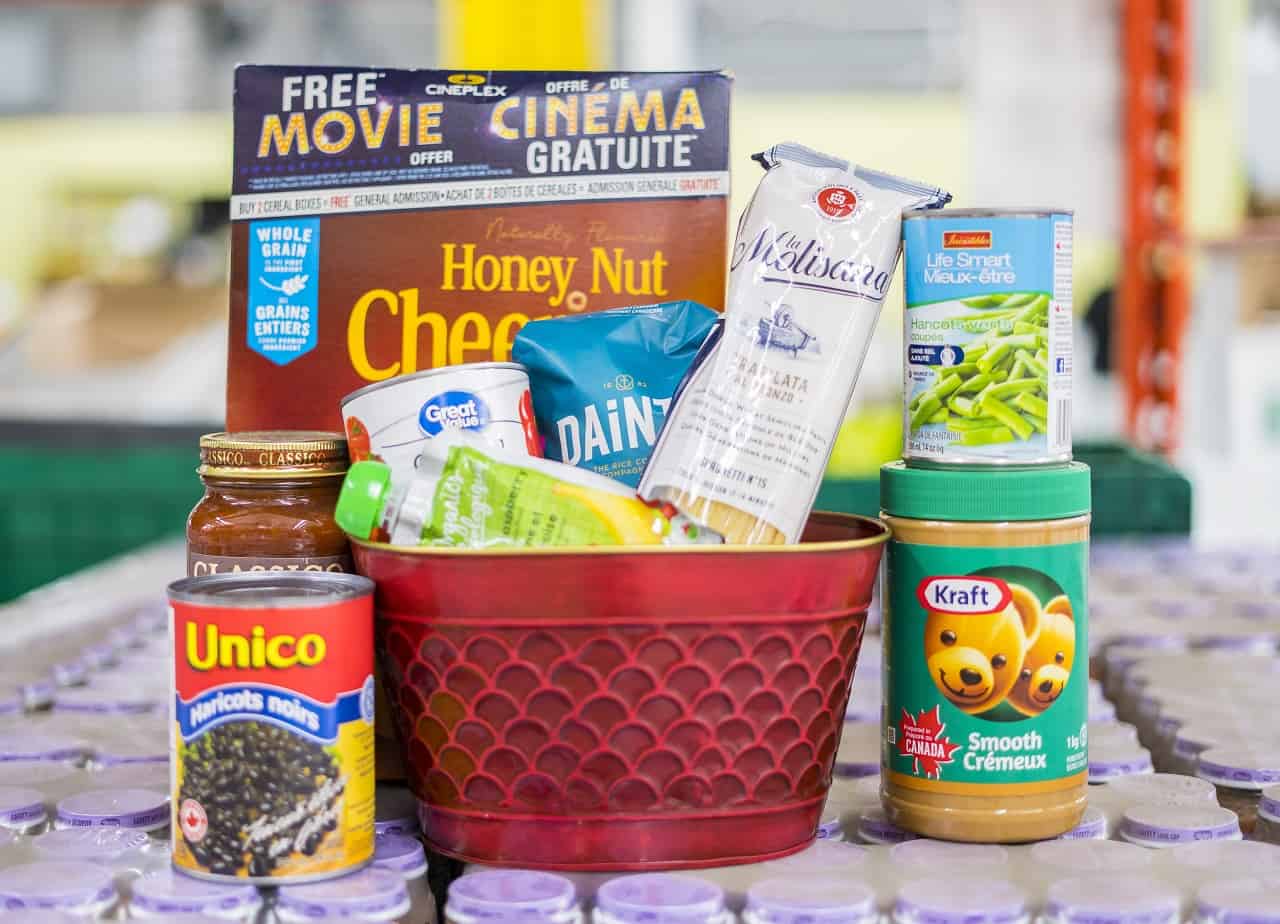
- Rescuing perfectly acceptable food that would’ve otherwise gone to waste.
The Mississauga Food Bank accomplishes two very important goals with their ReclaimFRESH program: Feeding the community and reducing food waste. The program works with local food producers, wholesalers, and grocery stores to rescue surplus or unsold fresh fruit and vegetables, protein, grains, and dairy products. The food goes to those who need it, and local businesses save on food waste costs – a win/win for everyone involved.
From June 2020 to May 2021, over 545,000 pounds of food was rescued – a 33% increase from the year prior.
“The ReclaimFRESH program is something that we participate in in all our Mississauga locations,” said Thomas Longo, Store Manager, Longo’s Ponytrail.
“The Mississauga Food Bank comes on a weekly basis and picks up fresh produce, bakery items, meat — basically anything that we can freeze ahead of time.”
- Delivering food directly to residents who are unable to leave home.
For those vulnerable residents who are homebound and unable to access their neighbourhood food bank, The Mississauga Food Bank delivers food to them directly via their Food Bank 2 Home program. The program has served a rapidly increasing number of households (from 42 pre-pandemic to more than 900 now) and over 1,900 individuals – a 70% increase year-over-year.
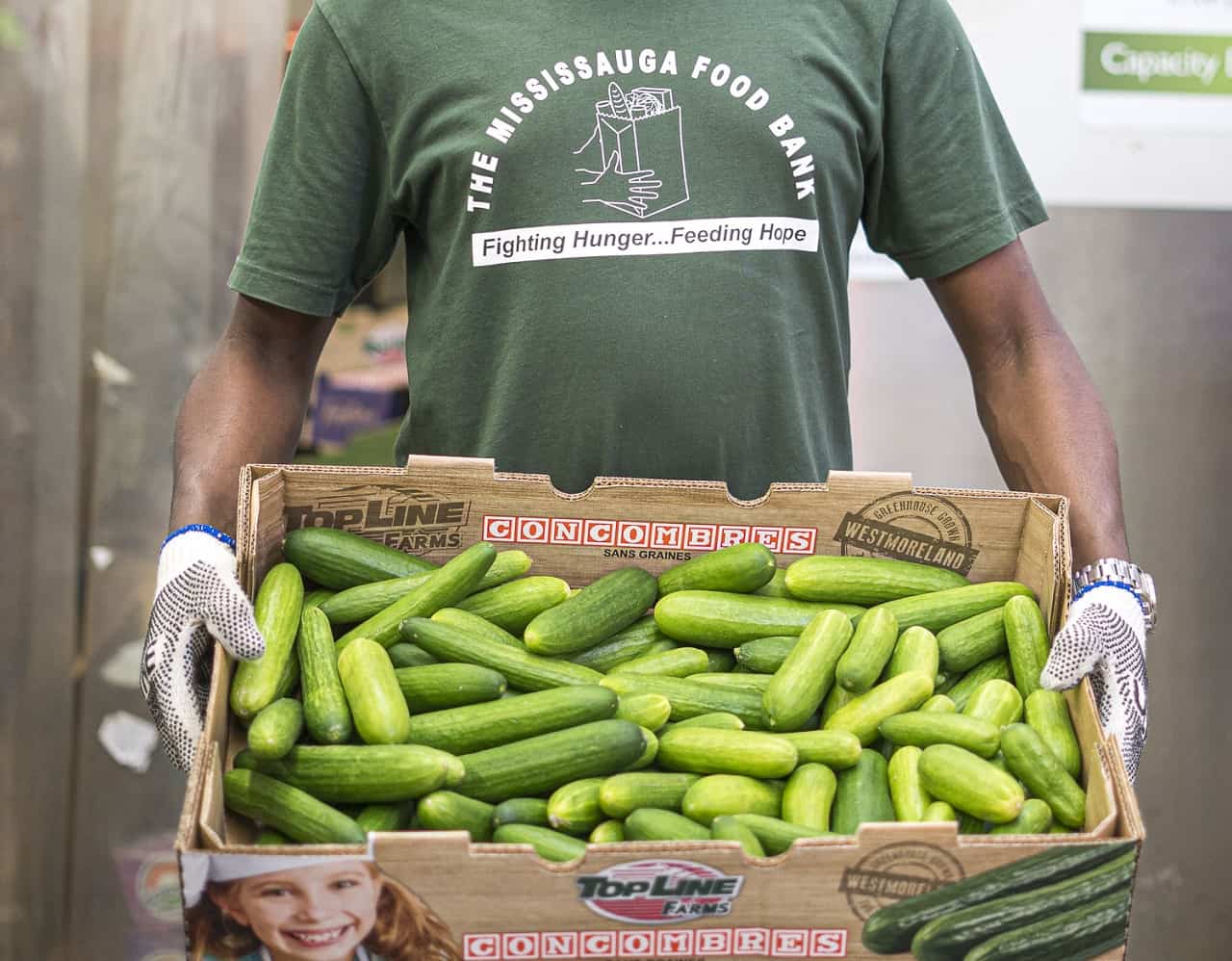
Each delivery includes 7+ days of healthy food including fresh fruit and vegetables, protein, dairy and grains, and when available, personal care and baby items. Deliveries are personalized based on the dietary needs of the individual (for example, if a resident is diabetic or has any allergies).
“These clients have specific needs, so we tailored a program where we’re packing the food specifically for that person,” said Chris Lang, volunteer leader at The Mississauga Food Bank. “We call them and we go over a checklist of items that they need.”
Residents who are unable to access a local food bank can apply for home delivery here.
- An income tax filing clinic that provides free tax filing services to the vulnerable.
While The Mississauga Food Bank’s main goal is to help feed the community, they also work to connect the community with the tools, resources, and education needed to address the root causes of food insecurity: Poverty and low income.
Every dollar counts for low income households, which is why the food bank connects those households with their Community Volunteer Income Tax Clinic, a CRA program which provides tax filing services for free for those who have a modest income and a simple tax situation.
“There is a range of federal and provincial financial supports available to households receiving social assistance but many of these benefits require submission of a tax return, and those who don’t or can’t file taxes miss out,” according to the food bank.
“Vulnerable populations may miss out on the full range of federal programs and supports they are entitled to if they don’t file their taxes.”
In 2021, The Mississauga Food Bank says $1.48 million in tax refunds, benefits and credits were returned to the community through their tax clinic.
Residents can reach out to The Mississauga Food Bank and book an appointment with one of their tax clinic volunteers between March 1 and May 15, 2022.
- A community market that provides free fruit and vegetables to the community.
Similar to a farmers’ market, The Mississauga Food Bank’s Community Market was set up in the fall of 2021 to provide a range of fresh fruit and vegetables, but at no cost. The Community Market, which took place once a week at Mississauga’s Elmcreek Park, provided over 44,600 pounds of fresh food to over 2,000 households and 8,000 individuals.
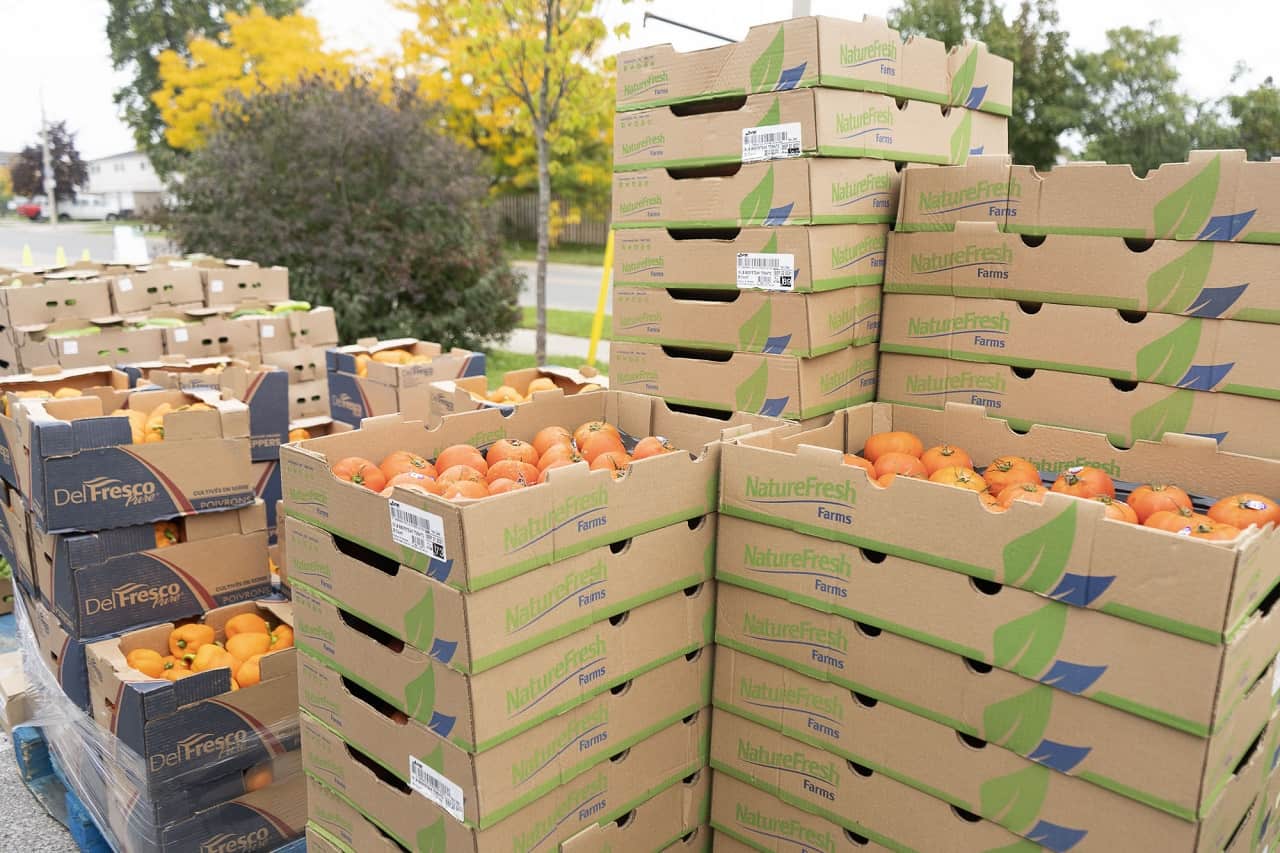
For those who missed the Community Market the first time around, don’t worry – it will be launching once again when warmer weather returns, and the food bank plans to expand it to other high-priority neighbourhoods across the city to reach even more of the community.
More information on these programs is available via the food bank’s website.
From June 2020 to May 2021, The Mississauga Food Bank and their network of 50+ agencies received over 160,000 visits – a 14% increase compared to the year before. Almost 26,000 residents visited food banks in Mississauga during that year, with nearly 7,000 being first-time food bank users.
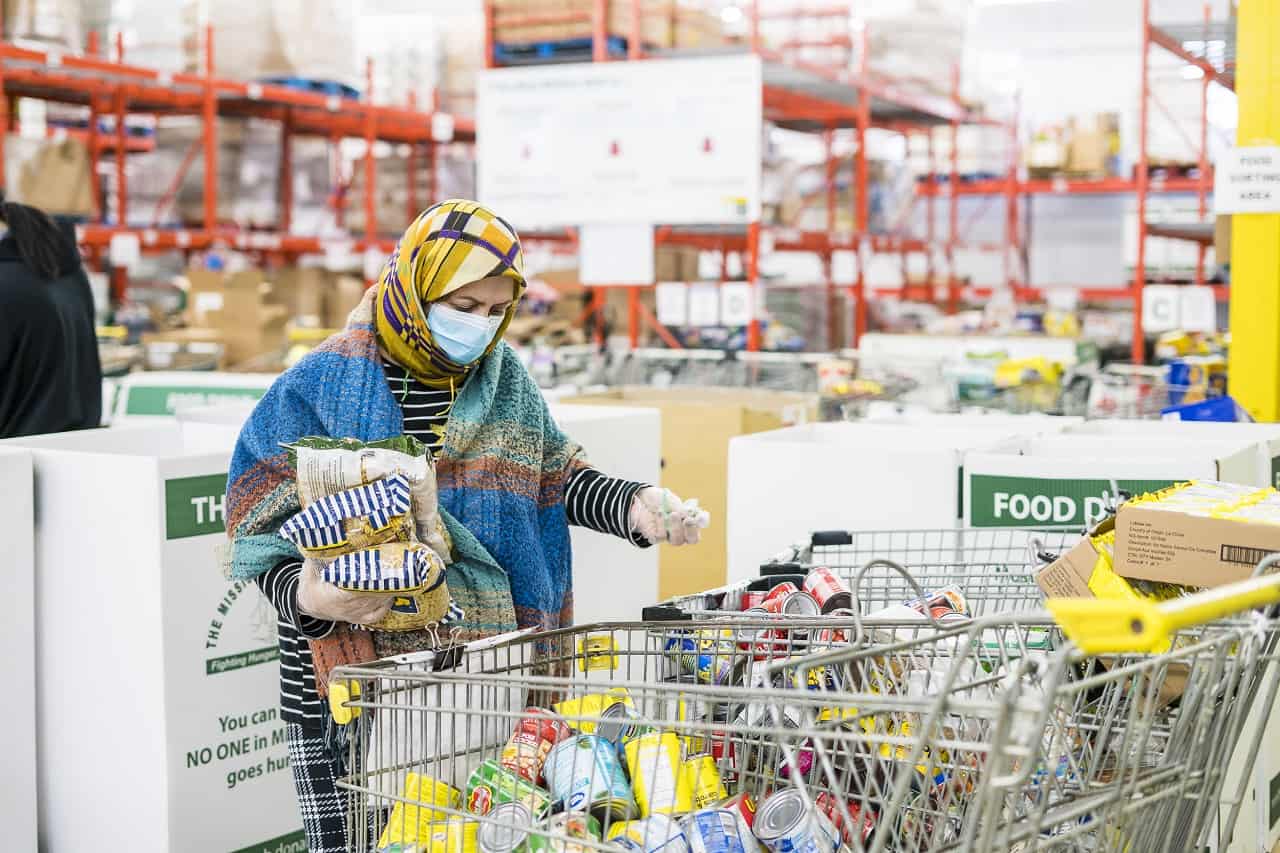
Much of the increased visits to these food banks can be attributed to the COVID-19 crisis. When the pandemic first started, The Mississauga Food Bank saw a substantial increase in food bank users and provided emergency food to more than 30,000 hungry neighbours, more than 10,000 of which were children.
Overall, 24% of Mississauga residents who live below the poverty line accessed support from The Mississauga Food Bank last year. The full data is available via their impact report.
Interested in volunteering with The Mississauga Food Bank? Check out how you can get involved.
For more information on how The Mississauga Food Bank is giving back to the community, visit themississaugafoodbank.org or contact them directly, and follow them on Facebook, Instagram, Twitter, LinkedIn and TikTok.
insauga's Editorial Standards and Policies